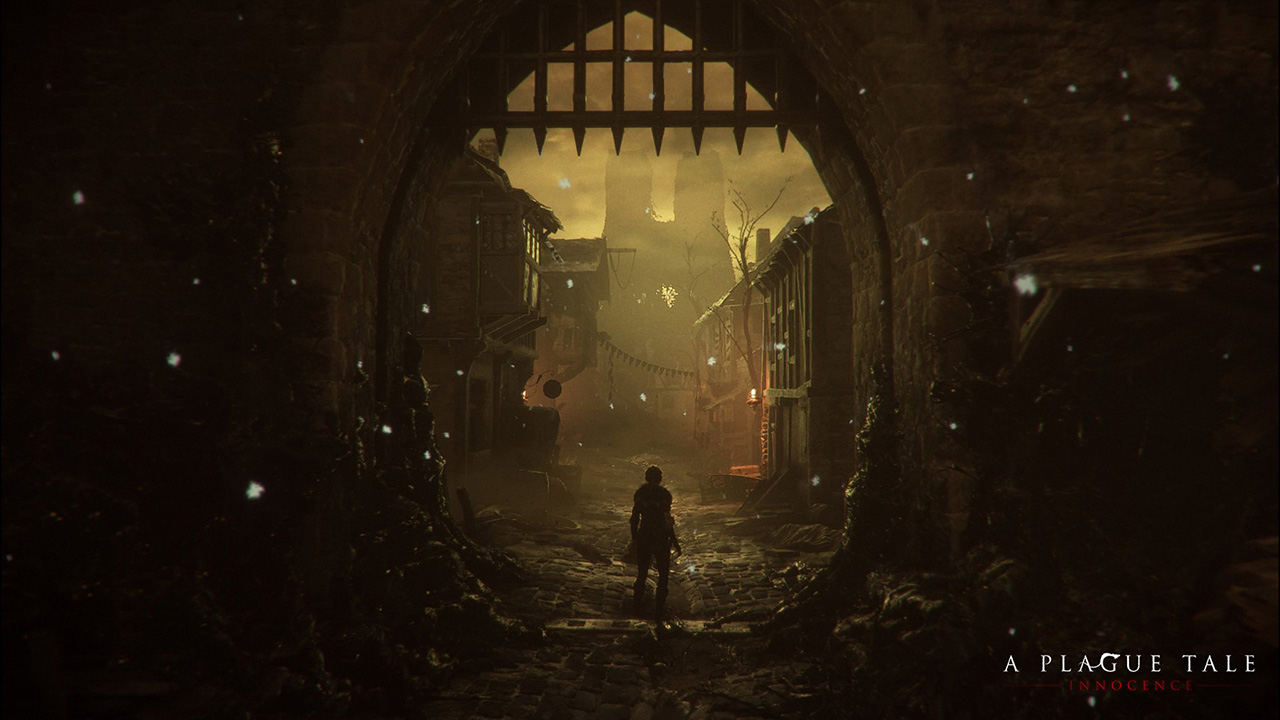- Regularization and variable selection method.
- Sparse Representation
- Exihibits grouping effect.
- Prticulary useful when number of predictors (p) >> number of observations (n).
- LARS-EN algorithm to compute elastic net regularization path.
- Link to paper.
- Introduces techniques to learn word vectors from large text datasets.
- Can be used to find similar words (semantically, syntactically, etc).
- Link to the paper
- Link to open source implementation
As websites become more JavaScript heavy, it's harder to automate things like screenshotting for archival purposes. I've seen examples and suggestions to use PhantomJS for visual testing/archiving of websites, but have run into issues such as the non-rendering of webfonts. I've never tried out Selenium until today...and while I'm not thinking about performance implications yet, Selenium seems far more accurate than PhantomJS...which makes sense since it actually opens a real browser. And it's not too hard to script to do complex interactions: here's an [example of how to log in to Twitter, write a tweet, upload an image, and send a tweet via Selenium and DOM element selection](https://gist.github.com/dannguyen/8a6fa49253c1d6a0eb92
| #import necessary libraries | |
| import cv2 | |
| import numpy as np | |
| #capture video from the webcam | |
| cap = cv2.VideoCapture(0) | |
| #load the face finder | |
| face_cascade = cv2.CascadeClassifier('/home/sm/Desktop/haarcascade_frontalface_default.xml') |
If you have already taken a course in algorithms, why read Grokking Algorithms (manning.com/bhargava)?
If you were learning graph algorithms, which approach would you prefer:
-
Imagine you have to take public transit from your home to your office. How do you figure out the fastest route? Use graph algorithms! OR
-
We can choose between two standard ways to represent a graph G = (V, E): as a collection of adjacency lists or as an adjacency matrix. Either way applies to both directed and undirected graphs.
I prefer the first way: lead with lots of examples, and clear writing. The second way is an excerpt from "Introduction to Algorithms"...that's how they start their section on graph algorithms.
| /* | |
| Copy this into the console of any web page that is interactive and doesn't | |
| do hard reloads. You will hear your DOM changes as different pitches of | |
| audio. | |
| I have found this interesting for debugging, but also fun to hear web pages | |
| render like UIs do in movies. | |
| */ | |
| const audioCtx = new (window.AudioContext || window.webkitAudioContext)() |
A couple of weeks ago I played (and finished) A Plague Tale, a game by Asobo Studio. I was really captivated by the game, not only by the beautiful graphics but also by the story and the locations in the game. I decided to investigate a bit about the game tech and I was surprised to see it was developed with a custom engine by a relatively small studio. I know there are some companies using custom engines but it's very difficult to find a detailed market study with that kind of information curated and updated. So this article.
Nowadays lots of companies choose engines like Unreal or Unity for their games (or that's what lot of people think) becaus
| const useFetch = endpoint => { | |
| const defaultHeader = { | |
| Accept: "application/json", | |
| "Content-Type": "application/json" | |
| }; | |
| const customFetch = ( | |
| url, | |
| method = "GET", | |
| body = false, | |
| headers = defaultHeader |
| import { useState } from 'react' | |
| const Form = () => { | |
| const name = useFormInput('Name') | |
| return ( | |
| <> | |
| <input {...name} /> | |
| </> | |
| ) |
